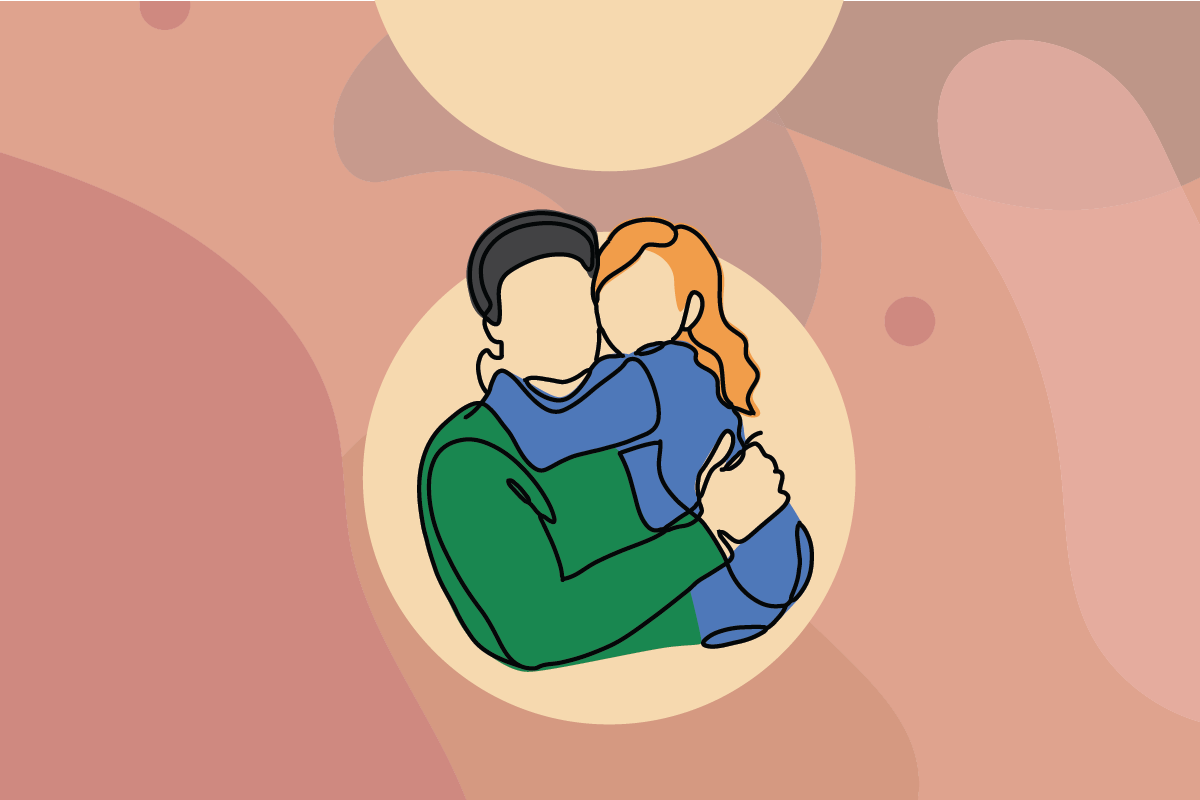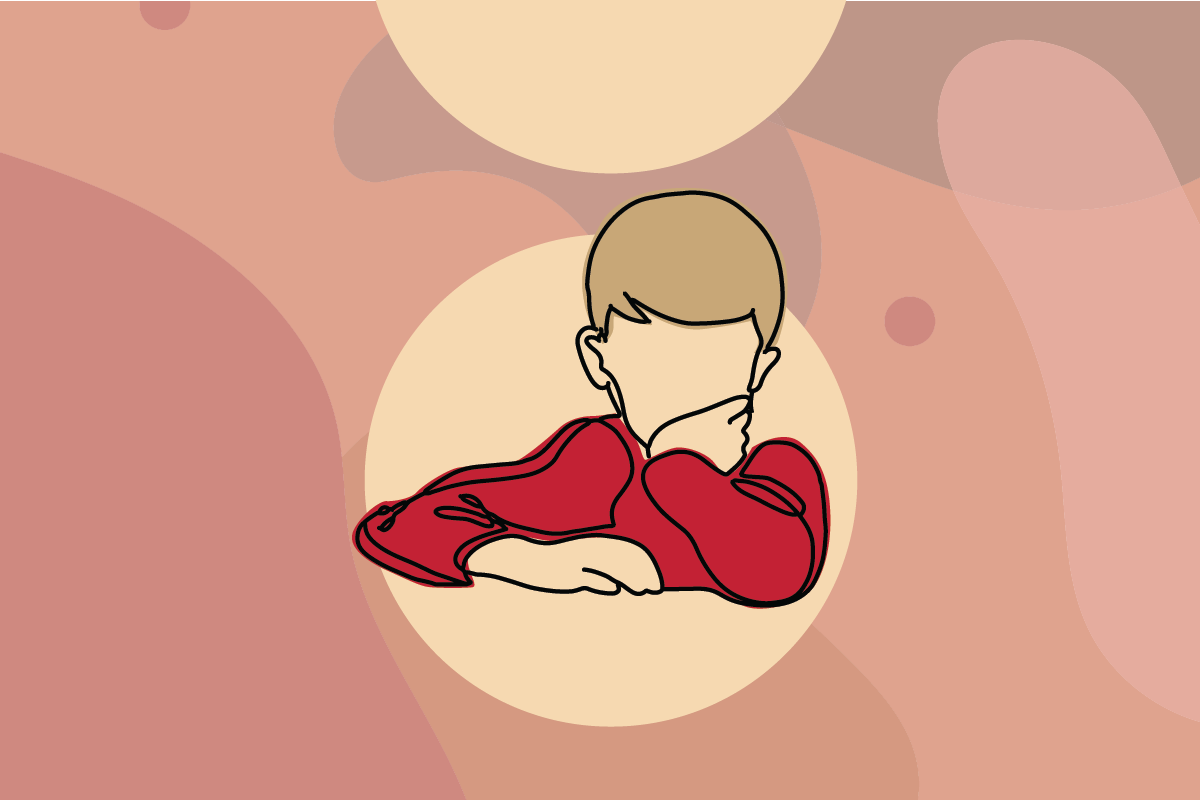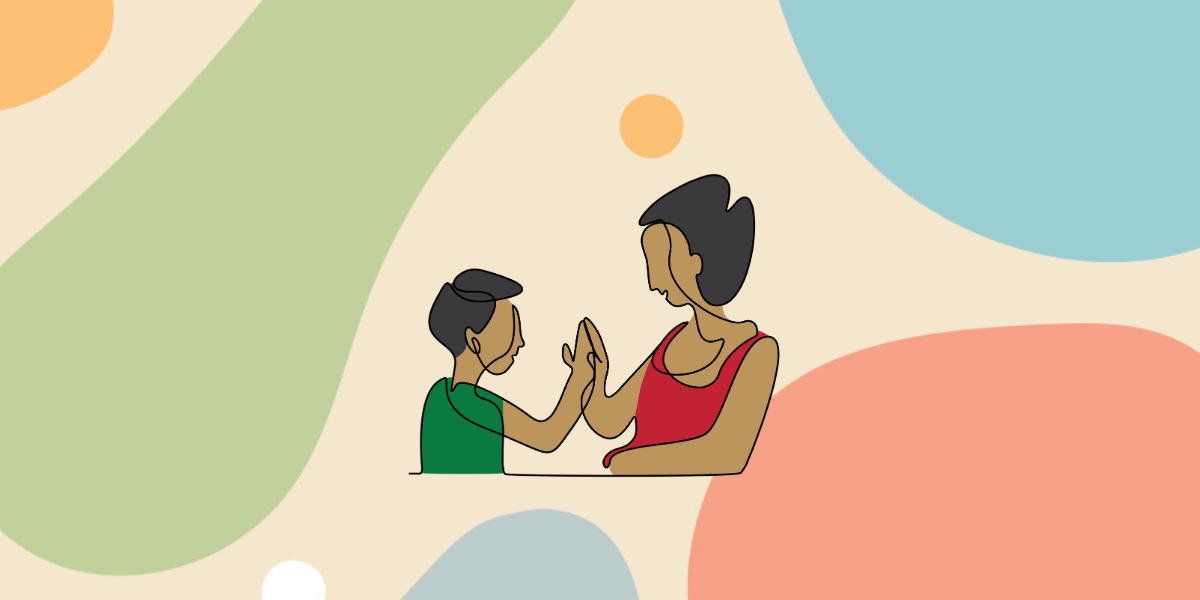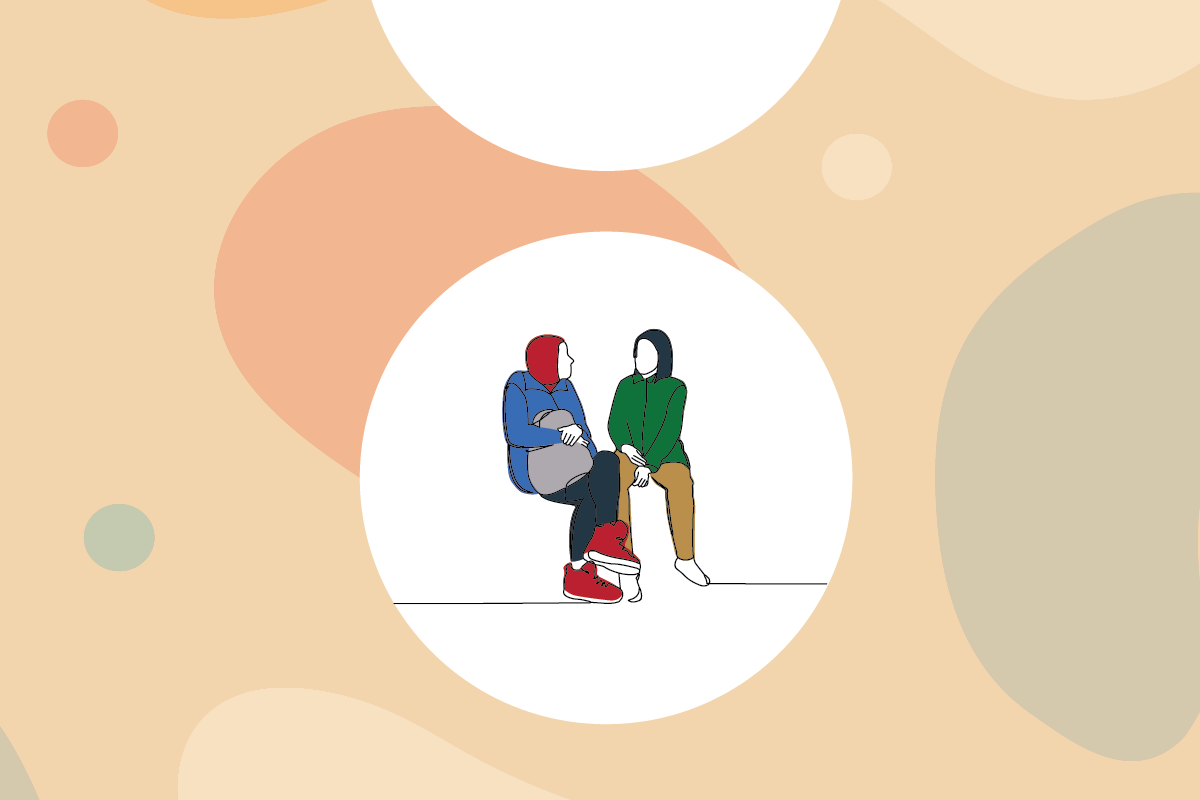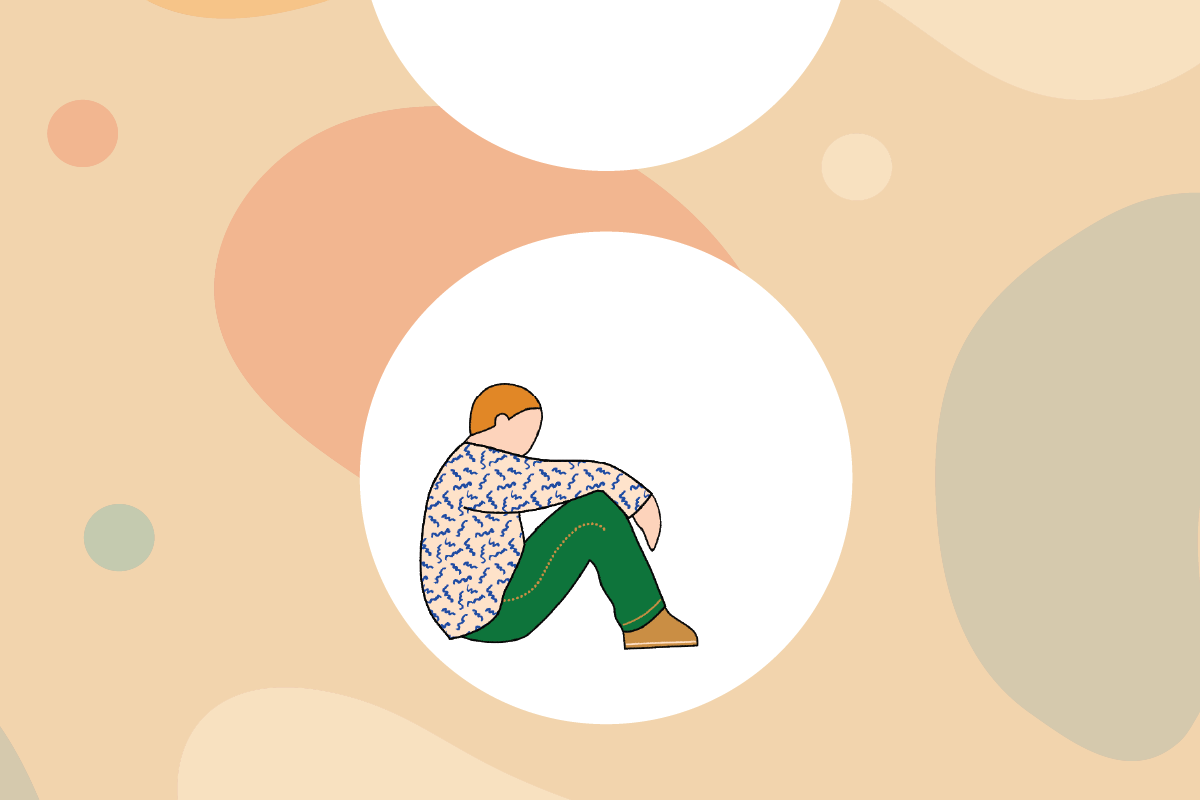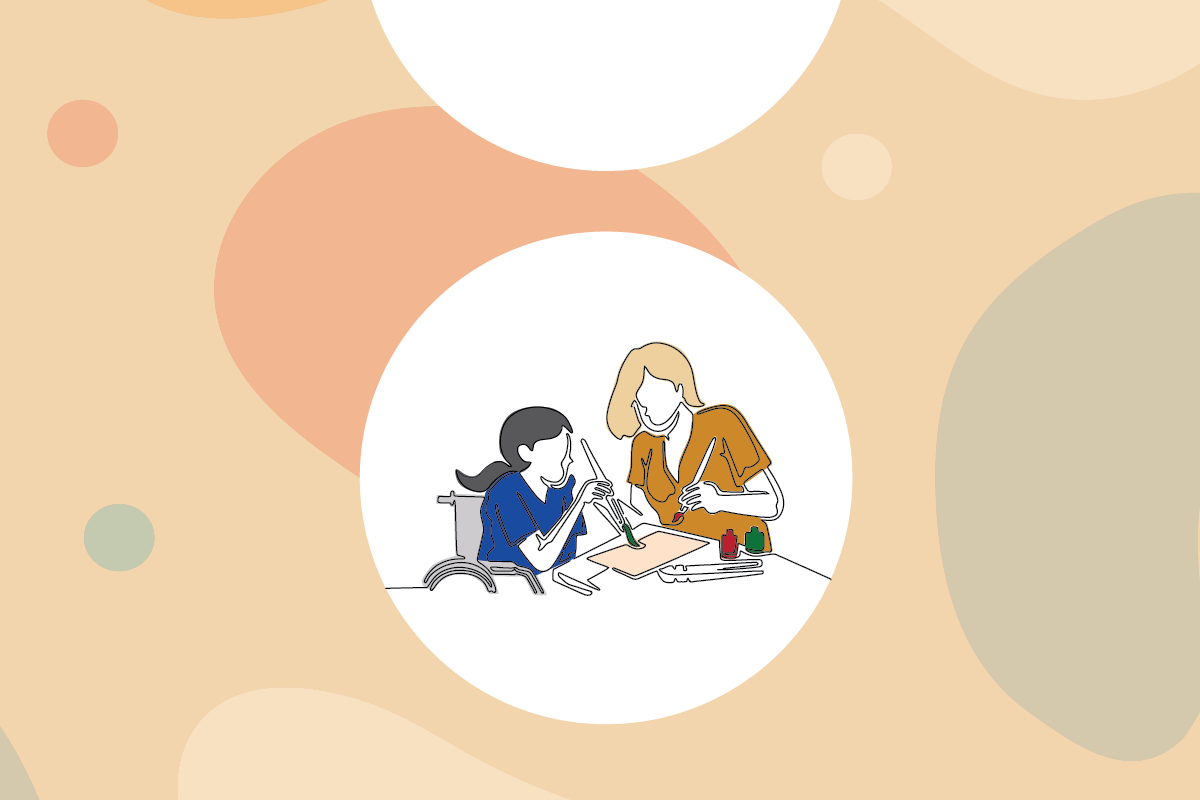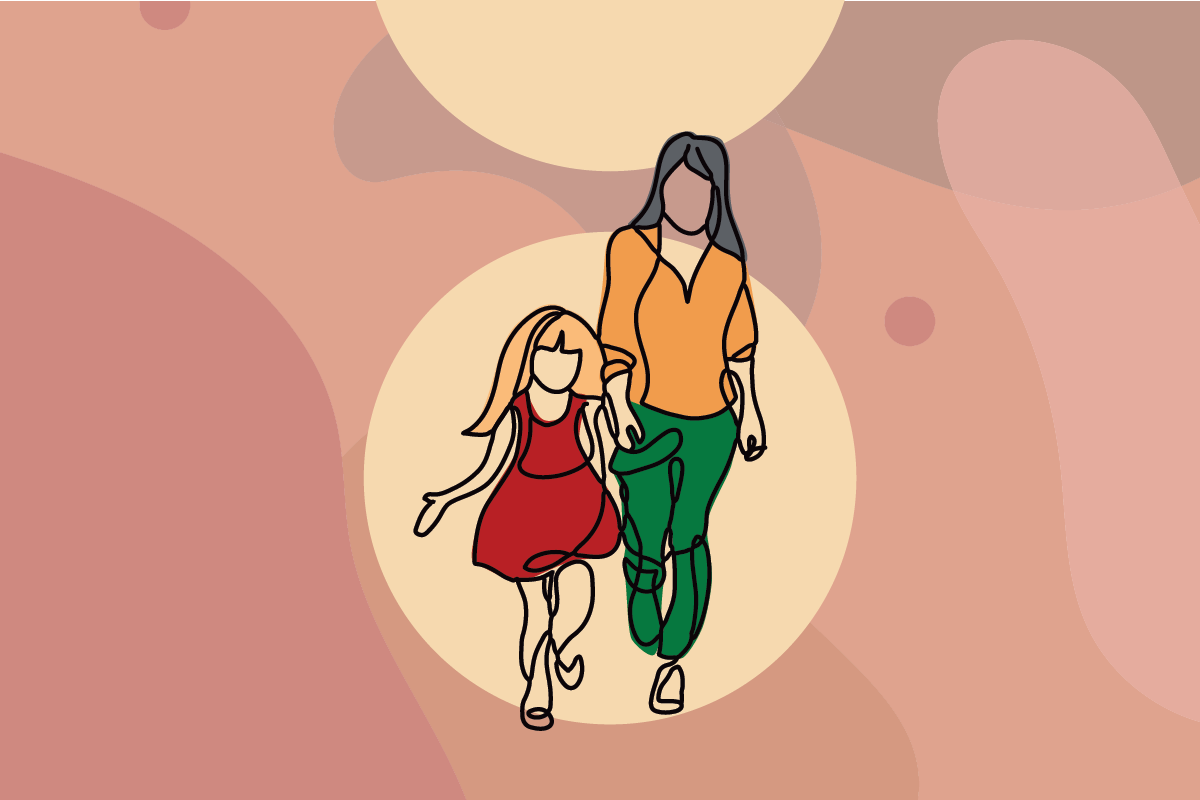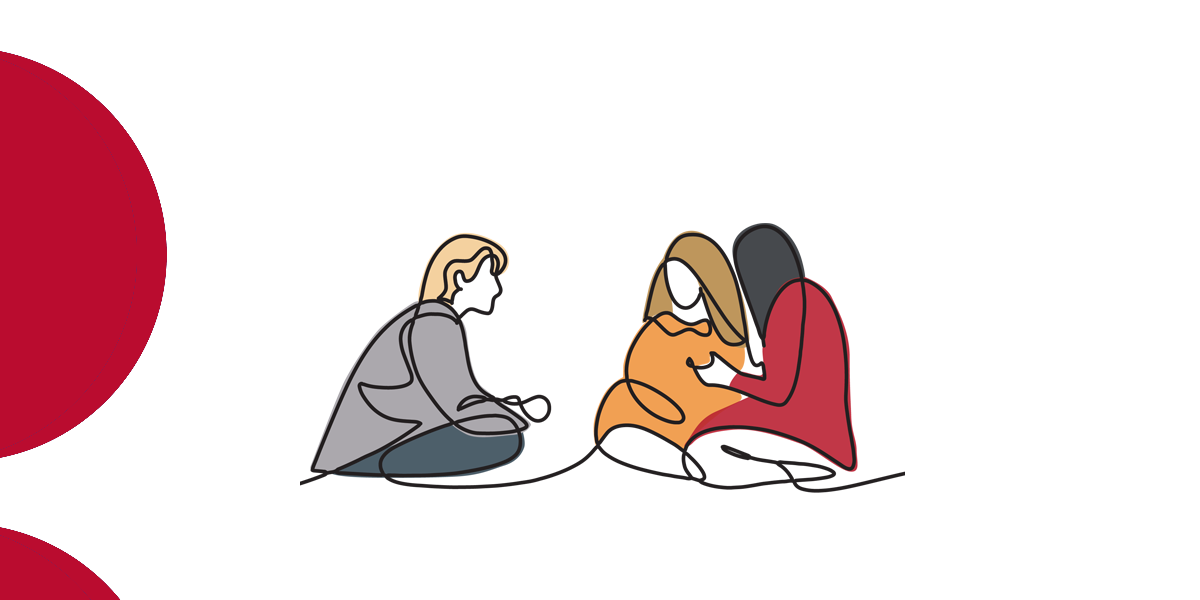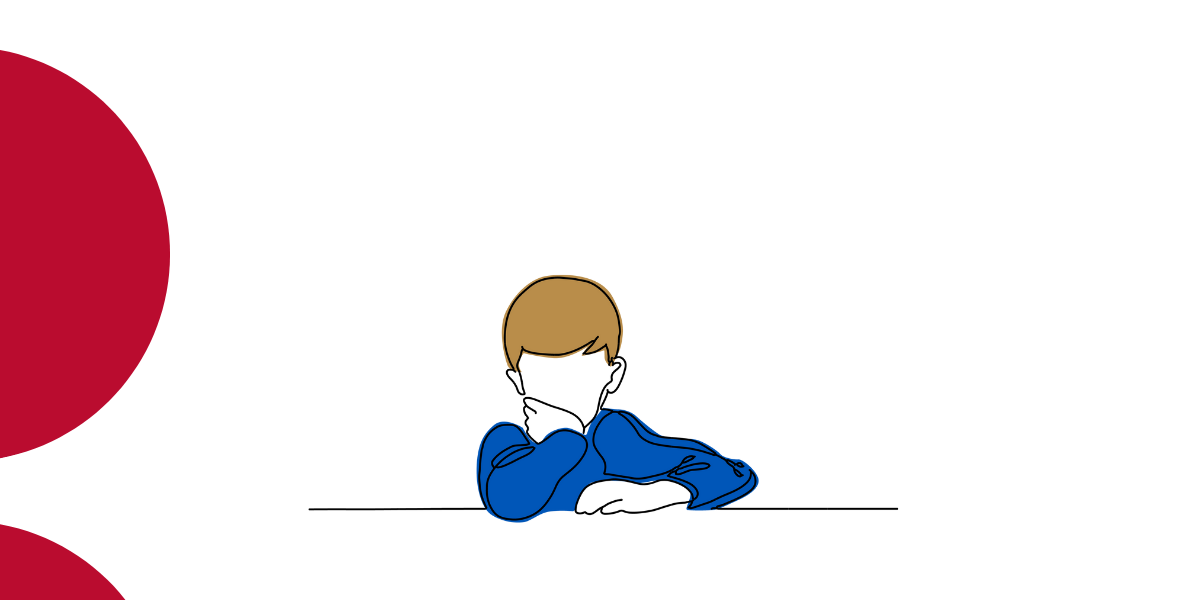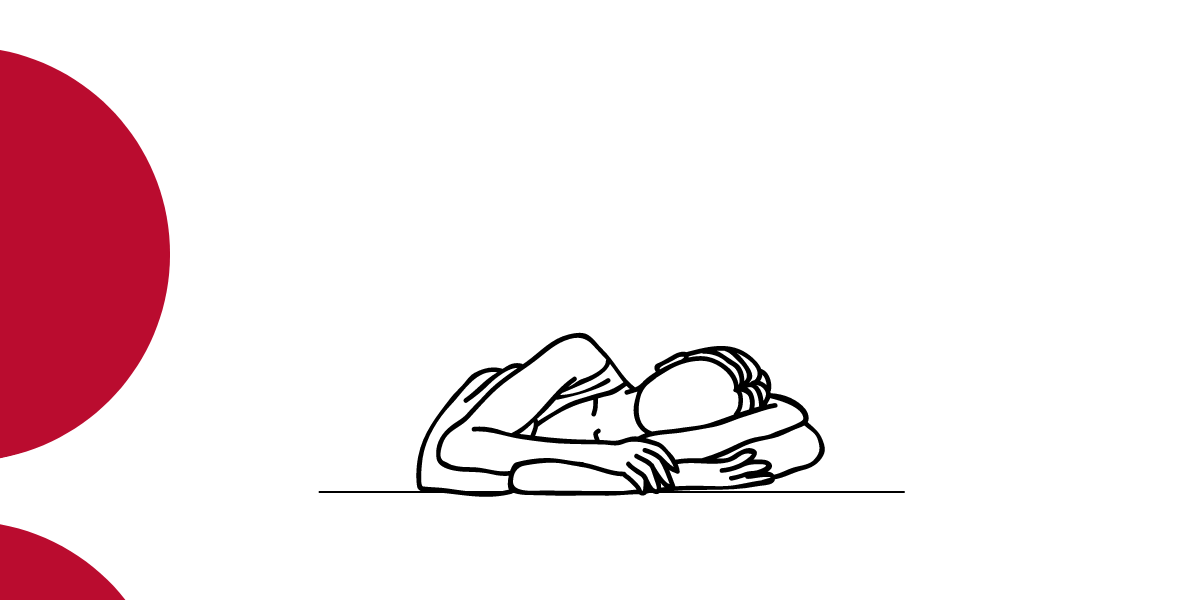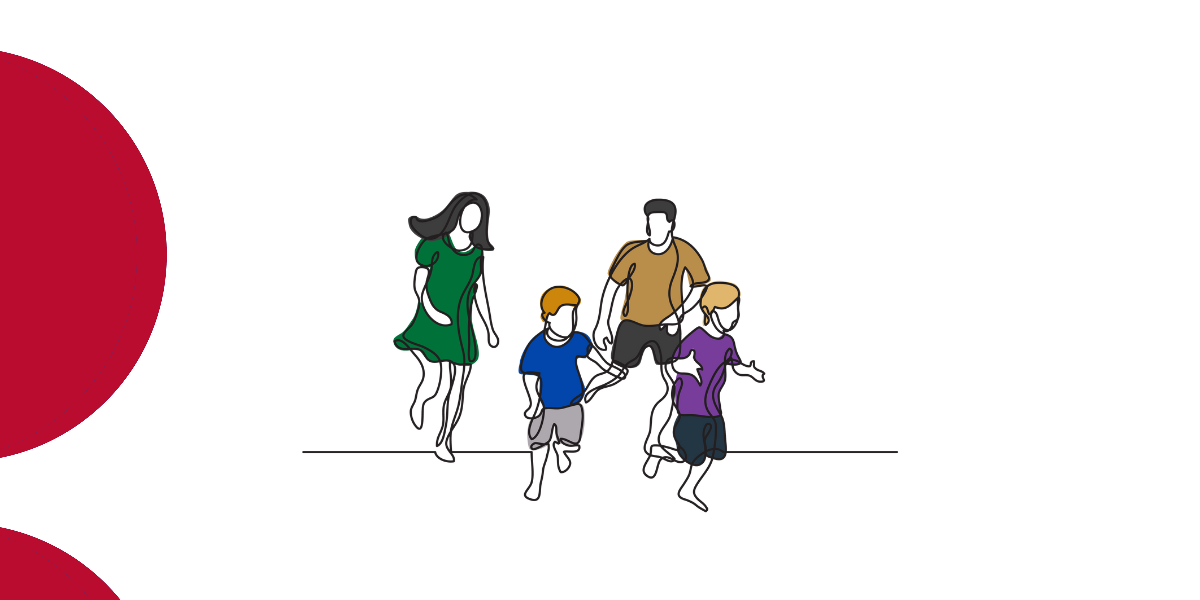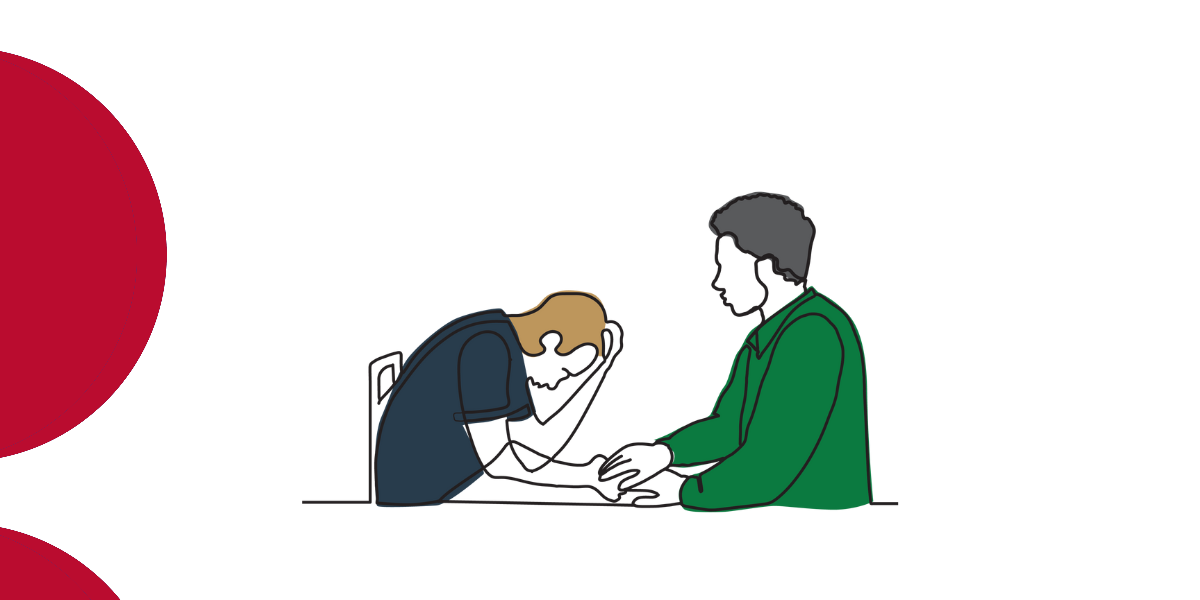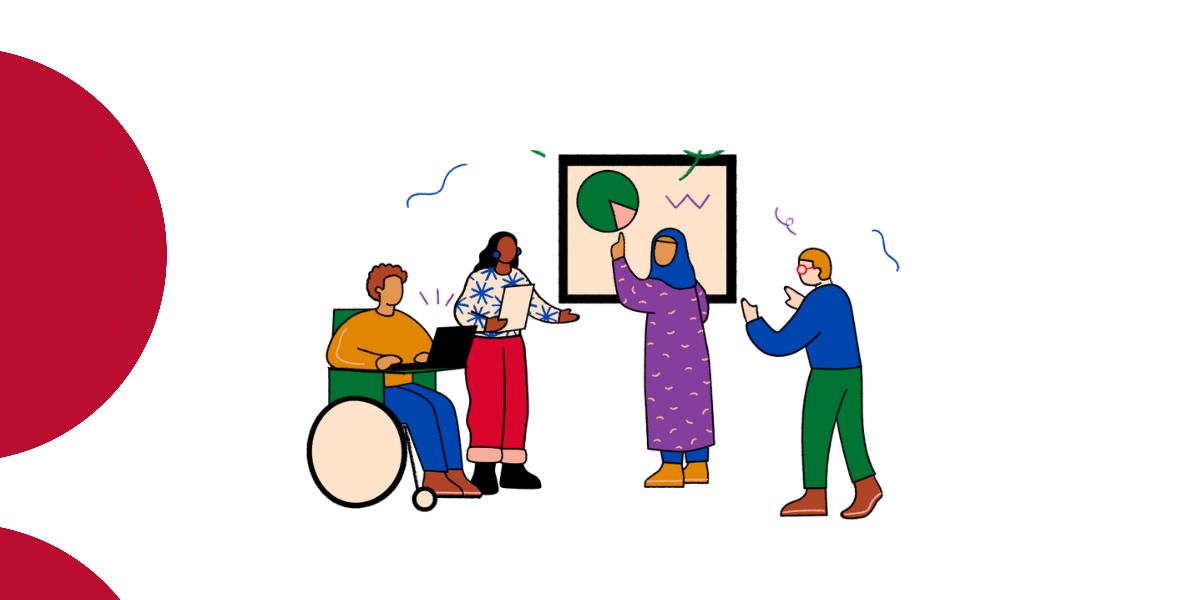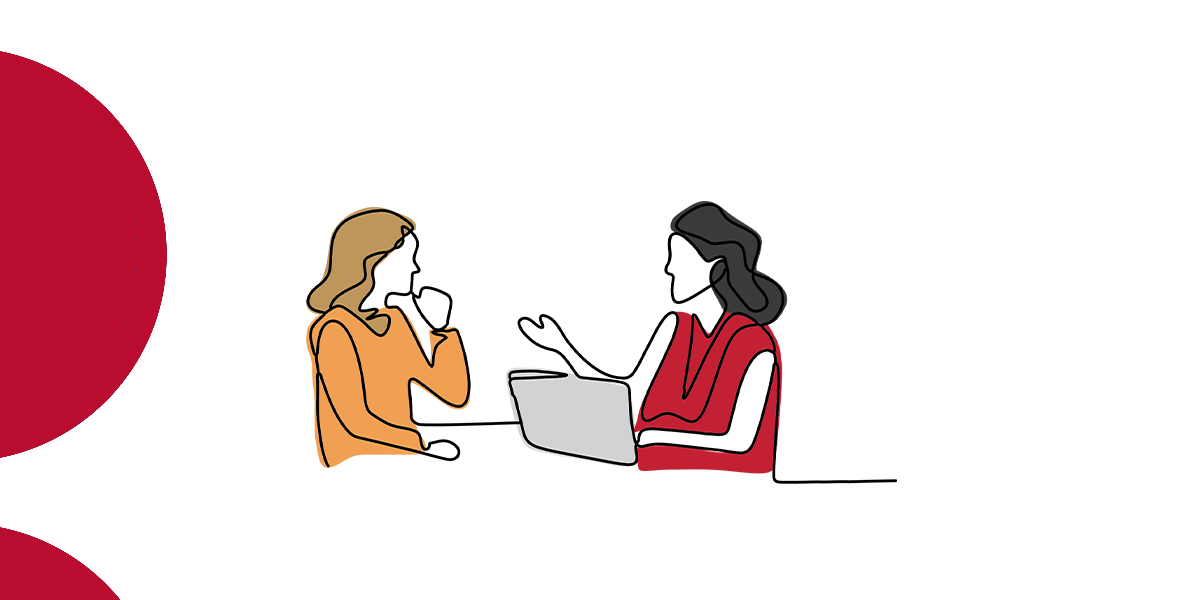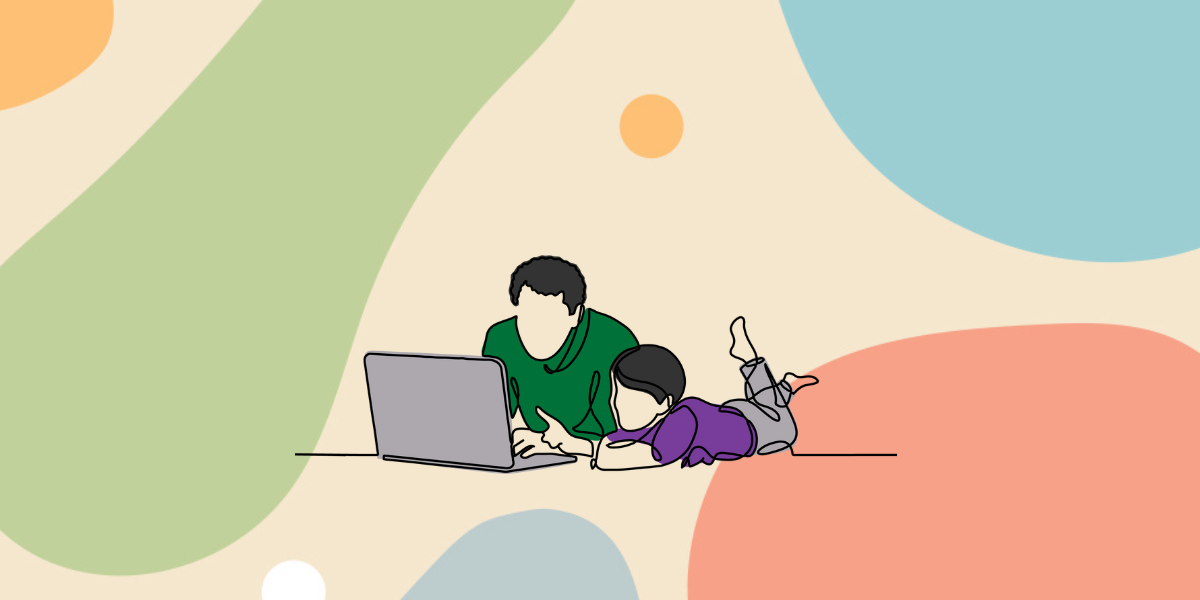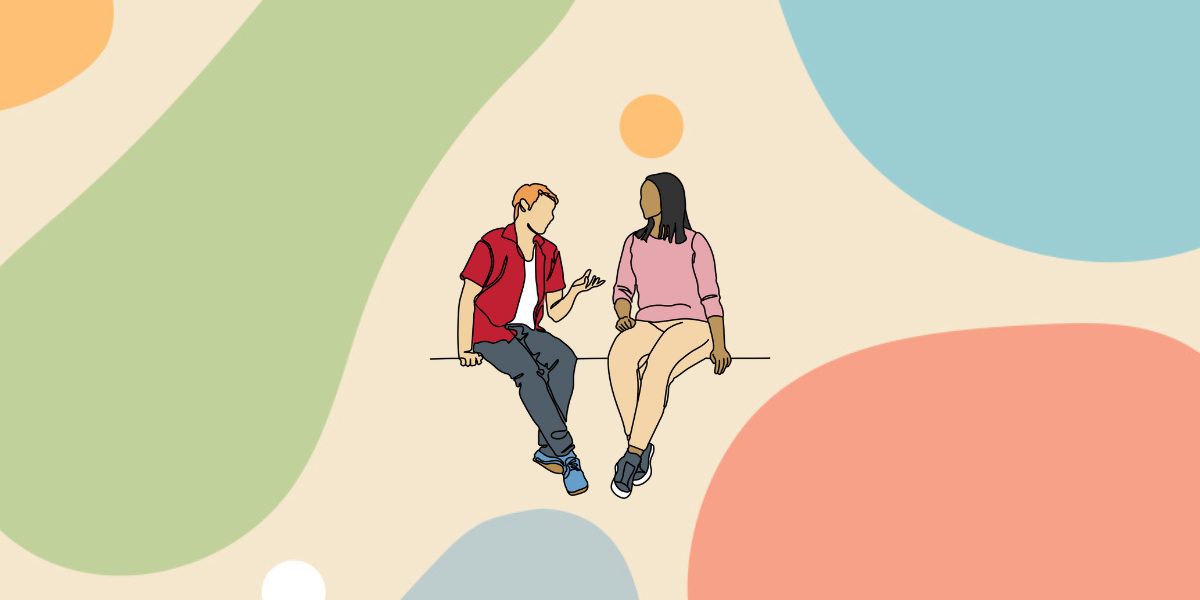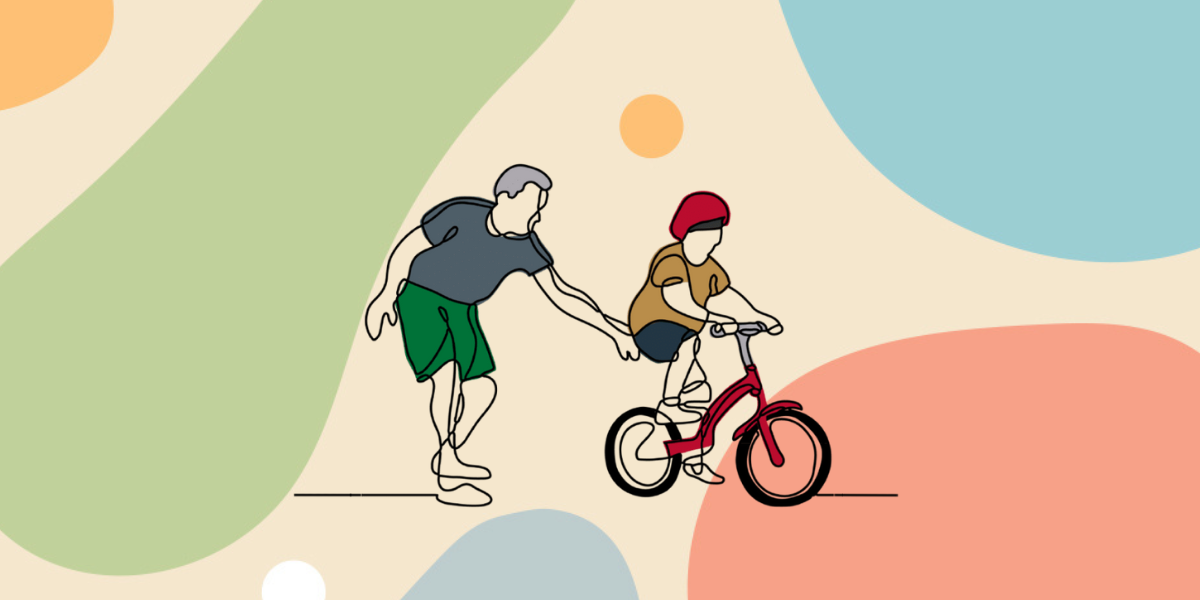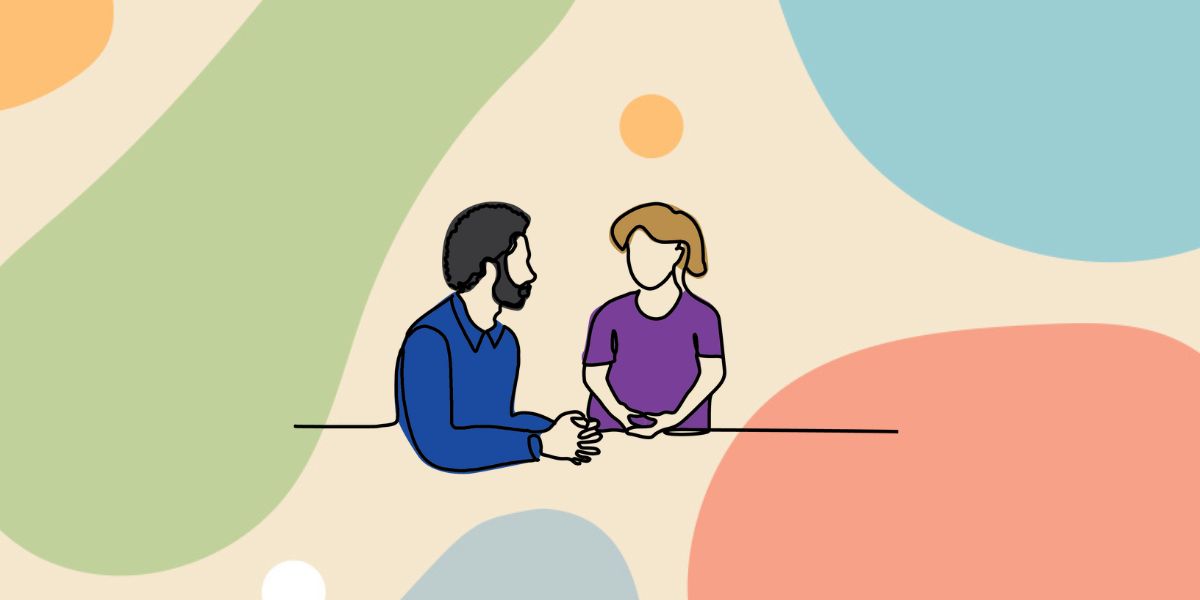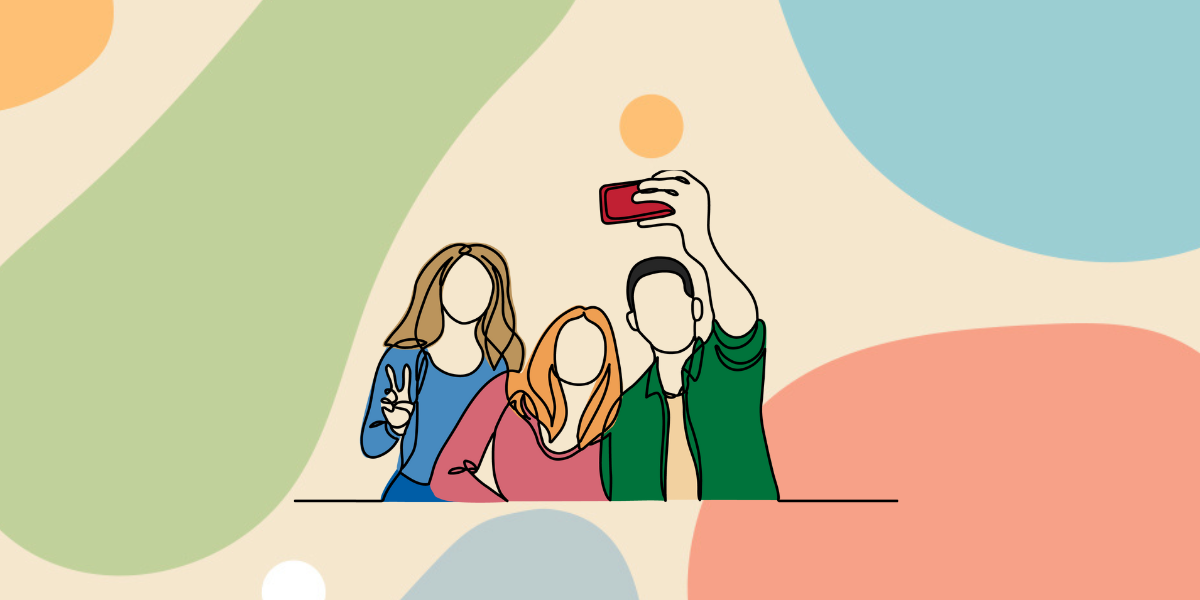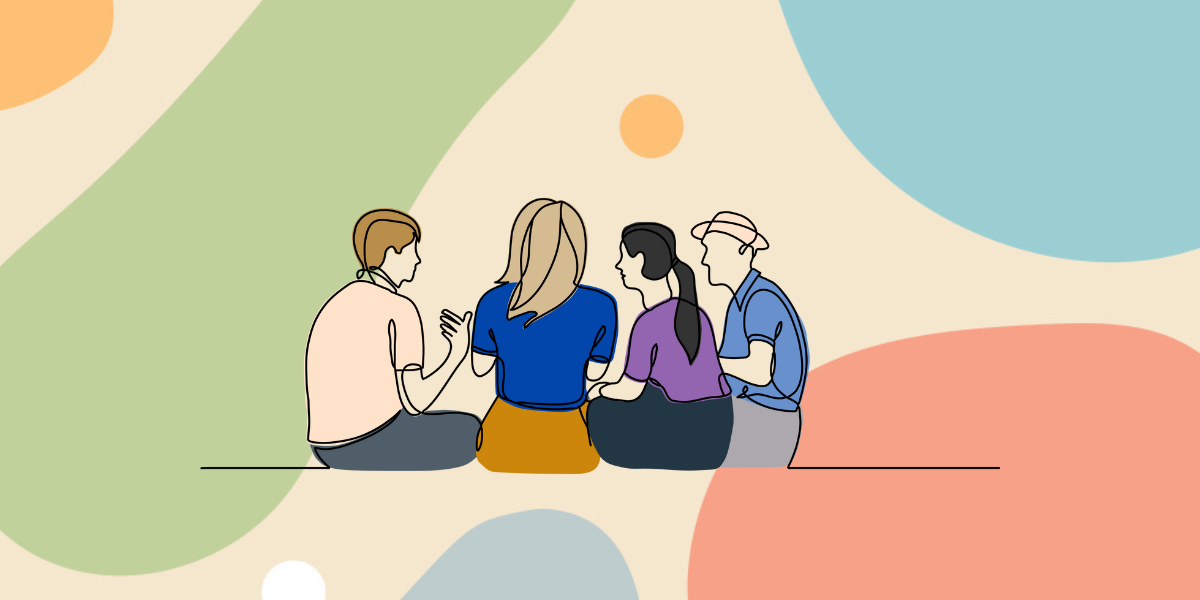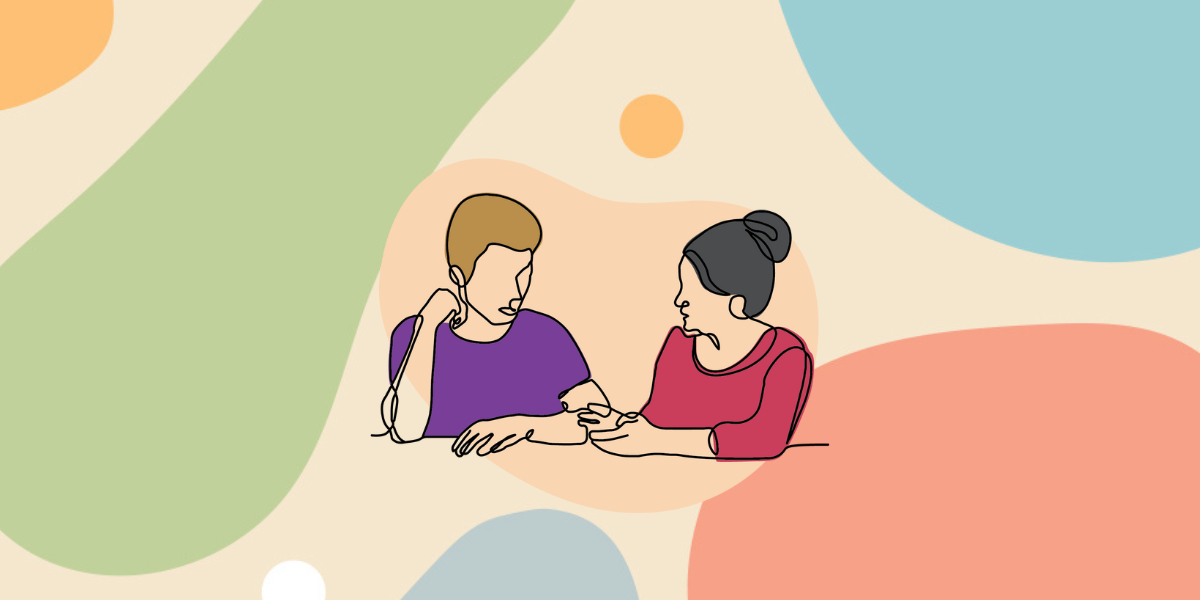The therapeutic power of laughter
Jan 2022
Written by Noel Macnamara
“The human race has only one really effective weapon and that is laughter.” Mark Twain
We all like to laugh. It makes us feel good. Among humans, laughter begins as early as four months of age (Lovorn, 2008). A child with a well-developed sense of humour has been described as “becoming a joy tracker or humour spotter in everyday life… a point of view that will be carried into adulthood” (Franzini, 2002, p. 11). Indeed, by nurturing their sense of humour, adults equip children with important coping skills (Martin, 1989). Children have reported such benefits, noting that humour increases their ability to cope with stressors associated with relationships, school-related activities, and life generally (Dowling, 2014). However, one of the consequences of childhood abuse, neglect and exposure to violence can be a chronic low-level unhappiness (Teicher, 2000). In my work with children and young people I have often noticed a lack of joy and a strong inability to laugh at themselves or to laugh with others.
What is Laughter?
Laughter is the ability to create sound as a reaction to a stimuli evoked by internal or external events, situations, or persons. It is this physical manifestation that is signalled by a state of being a state of thought, or as an emotional response. Laughter is the body’s release valve, allowing for the pressure within the body, both good and bad, to manifest through a physical expression and a vocal inflection. Laughter is an exhilarating experience that can be fuelled by having a basic sense of purpose. There are varying types of laughter from a chuckle, chortle, giggle, snort, titter, twitter, roar, bellow, cackle, tee-hee, snicker, and a laugh. Laughter is the ability to express one’s internal emotions with an external expression.
The Benefits of Laughter
Laughter has long been considered good medicine and research backs up this old adage.
Short-Term Benefits of Laughter
A good laugh has great short-term effects. When you start to laugh, it doesn’t just lighten your load mentally, it actually includes physical changes in your body. Laughter can: · Stimulate many organs – Laughter enhances your intake of oxygen-rich-air, stimulates your heart, lungs, and muscles, and increases the endorphins that are released by your brain. · Active and relieves your stress response – A big laugh fires up and then cools down your stress response system, and it can increase your heart rate and blood pressure. The result? A good, relaxed feeling. · Soothes – Laughter can also stimulate circulation and aid muscle relaxation, both of which can help reduce some of the physical symptoms of stress.
Long-Term Effects of Laughter
Laughter is not just a quick pick me up. It’s also good for you over the long term. Laughter may: · Improve your immune system – Negative thoughts manifest into chemical reactions that can affect your body by bringing more stress into your system and decreasing your immunity. In contrast, positive thoughts can release neuropeptides that help fight stress and potentially more serious illnesses. · Relieve pain – Laughter may ease pain by causing the body to produce its own natural pain killers. · Increase personal satisfaction – Laughter can also make it easier to cope with difficult situations. It also helps you to connect with other people. · Improve your mood – Many people experience depression, sometimes due to chronic illnesses. Laughter can help lessen depression & anxiety and increase a sense of happiness. Laughter connects our mental and physical well-being, creating benefits that uplift us from the inside-out.
The Physiological Effects of Laughter
Research is increasing our awareness on the positive effects of laughter, while also shedding light on the negative effects of increased stress hormones.
Physical Health Benefits |
|
| Eases / Relaxes Muscle Tension | Prevents Heart Disease |
| Reduces Cortisol | Lowers Stress Hormones |
| Increases Lymphocyte Blastogenesis | Boosts Immunity |
| Decreases Physical Pain Receptors | Increases Endorphins |
| Increases Dopamine | Improves Respiration |
| Increases Oxygen Levels | Increases T-cells |
| Increases Blood Circulation | Increases Catecholamines |
| Reduces Cellular Decay | Lower Blood Sugar Levels |
Psychological – Cognitive Benefits of Laughter
The psychological benefits of laughter are profound. Whether you are experiencing moments of health concerns, interpersonal issues, financial struggles, or personal challenges. Under such stressful circumstances pay attention to, delight in and cherish the moments of de-stressing laughter. Research has discovered that authentic laughter can heal, aid, and prevent a number of mental health related issues.
Psychological-Cognitive Health Benefits |
|
| Relaxation | Change Your Facial Expression – Features |
| Restful Sleep | Builds Rapport with Others |
| Counteract Depressive Features | Improves Brain Function |
| Counteract Anxiety | Relieves Stress |
| Counteract Psychosomatic Problems | Releases Negative Feelings and Emotions |
| Improves Your Cognition | Increases Your Social Attraction |
| Encourages Creativity | Amplifies Resiliency |
| Improves Mood | Improves Memory and Alertness |
Encouraging Laughter
In Humor: Its Origin and Development (McGhee, 1979), suggests that when used skilfully, humour in a therapeutic context can: · create a more relaxed atmosphere · encourage communication on sensitive matters · be a source of insight into conflict · facilitate the acting out of feelings or impulses in a safe, non-threatening way
“Laughter connects you with people. It’s almost impossible to maintain any kind of distance or any sense of social hierarchy when you’re just howling with laughter. Laughter is a force for democracy” John Cleese
Helpful Tips
It’s OK if you are not naturally funny. Humour is not a talent. Humour is a habit.
Ask a Child or Young Person his or her Favourite Joke
Children and young people often use humour as a means of working out fears, anxieties, and conflicts. This technique may serve as an insight into the child or young person’s issues.
Self-Deprecating Humour
Allow yourself to laugh at yourself. Self-deprecating humour can narrow the gap between you and the child or young person. Do not be afraid to take yourself less seriously. An example would be telling a funny story about yourself, keeping in mind the appropriate use of self-disclosure. You might then get the child or young person to tell a funny anecdote about themselves. Modelling humour can allow those you work with/care for to become encouraged by your positive attitude.
Role Reversal
Changing positions with the child or young person can provide insight along with some great fun. Along the same vein, acting out characters can be entertaining and enlightening. If a child or young person feels too threatened to do this, puppets or dolls can be used. The addition of props, costumes, or dressing up may also help approach this technique in a more fun, less intimidating way. Children and young people in Out Of Home Care (OOHC) need for carers to model laughter. They need to learn that it is okay to simply laugh, to be silly, and to find humour in life. It is important that they learn to simply laugh and to be themselves.
Embrace Laughter to Take Care of Yourself
Developing an effective self-care plan can incorporate many types of activities; some of the most common are getting massages, meditating, exercise, seeing a therapist, staying connected socially, connecting with nature, etc. While each person’s self-care plan is unique, one of the most common factors that relate to self-care involves incorporating humour and laughter into your daily activities.
“In short, [laughter] helps make it possible for good things to happen.” Norman Cousins
The art of comedy and humour has been used for generations by people to cope with stressful situations and for self-expression. There has been research of the practical applications of the benefits of laughter and humour as an effective self-care tool.
Ways to Use Humour as Self-Care
· Watch stand-up comedies/comedic films/comedy sitcoms; listen to a funny podcast · Read humour-related books, magazine articles · Watch your favourite cartoons that you used to watch as a child · Write a silly short story or poem · Ask Siri (or Google) to ‘make you laugh (seriously do it) · Connect with a good friend whom you can be silly with · Draw or paint fun images · Post funny comic strips or pictures that make you smile in your workplace and/or home · Make someone else laugh! When you help others smile and laugh, you are also sharing in the laugh and connecting with someone else
Conclusion
Humour and laughter can be an effective self-care and caregiving tool. The body, mind and spirit all benefit from its regular use. We can deliberately increase the amount of laughter we experience in our workplace and homes, as well as systematically promote its use with children and young people. I have shared what I have come to learn about the power of laughter and encourage you to think about its application in your setting and or/home and how it can help with your self-care. The resources for the therapeutic use of humour are abundant and accessible. Have fun! And finally… Knock! Knock! “Who’s there?” “Broccoli.” “Broccoli who?” “Broccoli doesn’t have a last name, silly.”
References
Dowling, J. (2014). School-age children talking about humor: Data from focus groups. Humor, 27, 121–139. Franzini, L. (2002). Kids who laugh: How to develop your child’s sense of humor. Square One Publishers. Lovorn, M. (2008). Humor in the home and in the classroom: The benefits of laughing while we learn. Journal of Education and Human Development, 2(1). McGhee, P. (1979). Humor: Its origin and development. San Francisco: W.H. Freeman. Teicher, M.D. ( 2000). Wounds that time won’t heal.: The neurobiology of child abuse. Cerebrum: The Dana Forum on brain science, 2(4). 50-67


